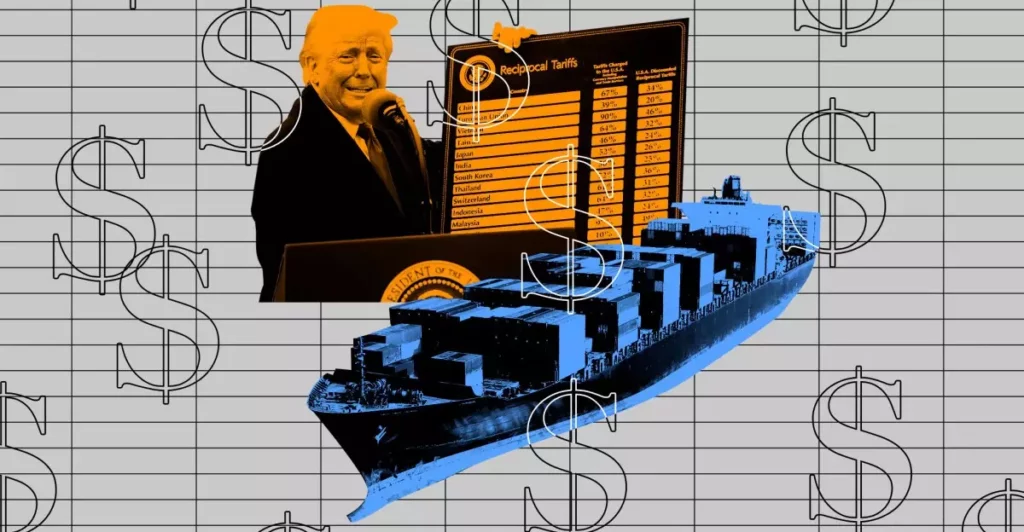The recent adjustments made by the U.S. Customs and Border Protection (CBP) mark a profound and consequential shift in the landscape of trade policy regarding the import of consumer electronics—specifically those sourced from China. Amid the ongoing tumultuous climate of tariff wars, this recalibration intends to relieve strain on both manufacturers and consumers. However, while the removal of hefty tariffs on numerous consumer electronics is certainly a welcome development, it raises pertinent concerns that reflect the broader implications of longstanding trade policies. The administration’s recognition of the indispensable role these technological products play in our daily lives is commendable, yet it fails to fully disentangle the complex web of tariff regulations.
In its effort to soften the impact of previously instituted tariffs—specifically those enacted during the Trump era—CBP’s recent actions lift the unsustainable 125% additional tariff on key electronics. However, remnants of previous measurements linger, leaving a 10% tariff on goods from countries other than China firmly in play. Moreover, the persistent 20% duty aimed at addressing issues like fentanyl importation complicates the narrative significantly. This multifaceted approach prompts essential questions: Can the administration effectively balance protective measures with consumer accessibility, or do such tariffs only serve as a cumbersome band-aid for deeper systemic issues?
The Impact on Consumers and Market Dynamics
As manufacturers adapt their pricing strategies to navigate this uncertain terrain, the outcomes for consumers are decidedly mixed. While the lifting of certain tariffs might suggest descending prices, the reality paints a far more convoluted picture. Major brands, exemplified by Sony, are incrementally raising prices not purely as a result of market trends but as a response to the compounding effects of regulatory pressures. The paradox emerges where consumers are left grappling with increasing costs for technology that has become essential for both work and leisure.
A striking case in point is Nintendo, which opted to postpone the U.S. pre-orders for its highly awaited Switch 2 while maintaining its pricing structure intact. This peculiar move underscores the conflicting pressures that companies face: how to deliver on consumer expectations while steering through an unpredictable marketplace fraught with turbulence. Such scenarios likely result in growing discontent among consumers already feeling the weight of a fractured trade policy, which is continuously shifting under the strain of political inertia.
The Pressure Cooker: Manufacturers and Supply Chains
The pressure on manufacturers is palpable as they urgently scramble to secure their components before additional tariffs materialize. Take for example, Apple’s strategic decision to transport 600 tons of iPhones from India, designed as a preemptive measure to sidestep impending tariffs. This reaction underscores not just the frenetic pace of the industry but also the innovative spirit that has historically driven technological advancement. As companies grapple with redefined supply chains, there exists a tinge of optimism amidst the upheaval—an impetus for exploration of new partnerships and supply avenues that could ultimately bolster resilience against future disruptions.
Yet, this environment cannot be merely celebrated without acknowledging its inherent risks. Rapid adjustments may lead to a fragmented supply chain, over-reliance on specific regions, and an unsettling sense of instability. In the race for competitive advantage, the temptation to prioritize speed over strategic stability could yield adverse consequences in a future marked by global uncertainties.
Seeking Balance: The Role of Policymakers
While the current tariff environment is fraught with complexities, it also illuminates an essential truth: the importance of consumer electronics as an economic pillar is increasingly acknowledged. Policymakers must tread cautiously, balancing protective tariffs with consumer needs, ultimately navigating the delicate interplay of domestic safeguarding and global market integration.
The hope is not merely for comfort but for an environment that encourages sustainable innovation and fair pricing. If trade policies can be shaped with nuance, taking into account the essential role of consumer electronics, a gateway may open toward enhancing the consumer experience while fostering a vibrant and competitive tech sector. A holistic approach requires more than mere strategic dialogue; it demands the courage to rethink established paradigms and the foresight to embrace the unpredictable nature of a continuously evolving marketplace.
Trade policies can no longer afford to function as mere political instruments; they must be meticulously crafted and executed with a vision that recognizes the simultaneous needs of innovation, consumer accessibility, and domestic protection.









Leave a Reply